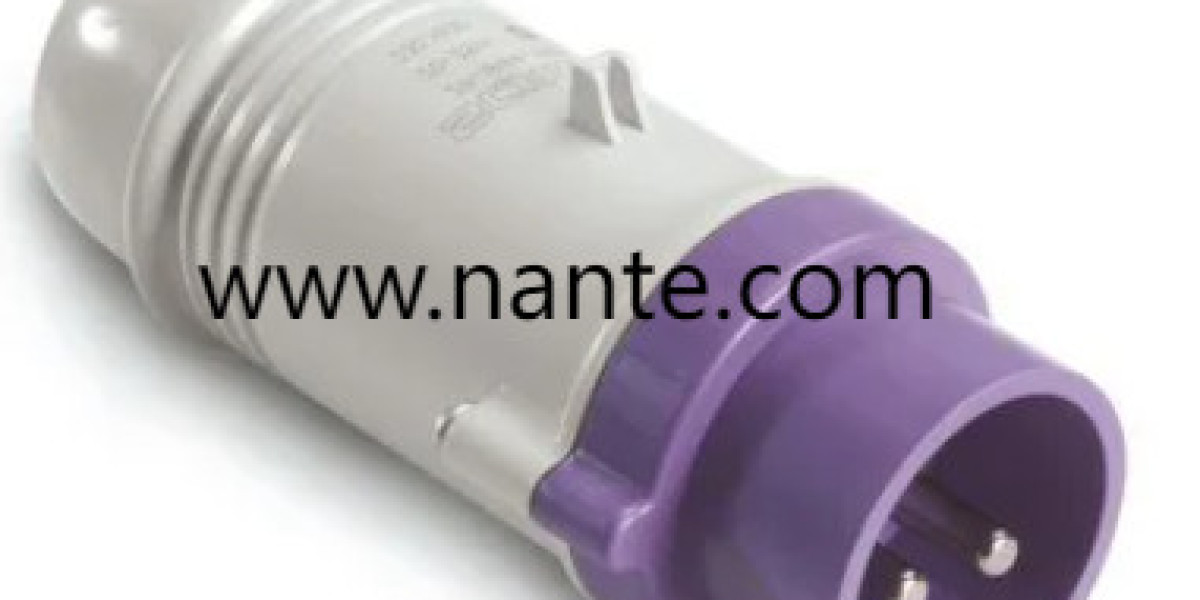As ports worldwide embrace automation of cranes, container handling systems, and electric rail vehicles, the Industrial Plug is becoming essential for dependable power connections under demanding conditions. Designed to withstand high intensity loads and frequent mechanical shocks, this heavy duty connector delivers secure multipole transmission for quay cranes, automated guided vehicles, and remote power units. By combining robust construction with precise contact geometry, the plug ensures uninterrupted operation in bustling dockyards where resilience and reliability are nonnegotiable.
Quay cranes lift and stack tons of freight each cycle, exposing connectors to severe impact and vibration. An Industrial Plug's reinforced housing resists deformation when struck by cargo handling equipment, while internal springs maintain constant contact pressure between pins and sockets. This design prevents intermittent connections that could halt lifting operations or trigger emergency stops. Maintenance teams appreciate how the plug's captive locking collar secures the mated halves, eliminating accidental disconnections during rapid docking maneuvers.
Electric rail vehicles roam container terminals on predefined tracks, shuttling boxes between berths and storage yards. These battery powered shuttles rely on frequent charging sessions through overhead or underfloor rails, using multipole plugs that support both power and communication lines. By integrating multiple conductors within one robust body, the Plug reduces installation complexity and minimizes the number of separate connectors exposed to the harsh marine atmosphere. Corrosion resistant materials and sealing rings guard against salt spray and moisture, extending service life and cutting replacement costs.
Container automation systems also employ remote power units to streamline maintenance tasks, power lighting rigs, and manage access gates. These mobile power packs connect via quicklocking plugs that combine high current contacts with spare control channels. Technicians value the plug's ergonomic grip and audible click, confirming a safe connection before energizing loads. Color coded shells and embossed labels help crews identify correct voltage levels and current ratings, preventing mismatches that could damage sensitive equipment.
Power distribution kiosks positioned along rail corridors and access roads integrate Industrial Plug inlets to serve yard tractors and terminal tugs. When vehicles pull up to charging stations, operators plug in heavy duty cables that deliver rapid charge currents. The plug's thermal monitoring features detect overheating and signal the station controller to adjust current or pause charging until cooling restores safe temperatures. This smart approach protects both the plug and the vehicle battery, ensuring consistent turnaround times for transport fleets.
Automation introduced to maritime terminals accelerates cargo handling throughput but also heightens demand for connector flexibility. Modular plug designs allow engineers to swap damaged inserts without removing the entire shell, avoiding lengthy downtime. Spare contact modules snap into place with minimal tools, restoring full multipole capability quickly. This adaptability proves invaluable during peak shipping seasons when every minute of crane or shuttle inactivity impacts terminal efficiency.
Safety and regulatory compliance play a critical role in port operations. The Plugs certified for marine and industrial environments meet stringent insulation and dielectric strength standards. Builtin interlock switches prevent live mating and unmating, ensuring that connections occur only when the power is off. Clear indicator windows show plug status, allowing supervisors to verify power isolation visually before granting access for service work or inspections.
Environmental considerations underscore the choice of connector materials. Recyclable thermoplastic housings and leadfree alloy contacts align with sustainability initiatives while resisting UV degradation on exposed dock surfaces. Abrasionresistant shells handle repeated handling and dragging, maintaining mechanical integrity even when cables trail behind moving vehicles. These features reduce maintenance waste and contribute to green port strategies.
Emerging digital platforms for port management integrate power connector data into broader IoT networks. Embedded sensors within Advanced Plugs monitor current draw, contact resistance, and temperature. This telemetry feeds into predictive maintenance systems, issuing alerts when connectors approach wear thresholds. Yard operators schedule proactive replacements during planned maintenance windows, averting unexpected failures during loading operations and maintaining service level commitments.
As port automation evolves toward full autonomy, the reliability of physical power interfaces remains foundational. Industrial Plug delivers the mechanical resilience and multipole flexibility required by stateoftheart cranes, electric shuttles, and power units. Its design balances ruggedness with smart features, positioning terminals to handle the realities of high throughput and harsh marine conditions. For dependable connector solutions that support advanced port automation projects, visit www.nante.com/product/ .







